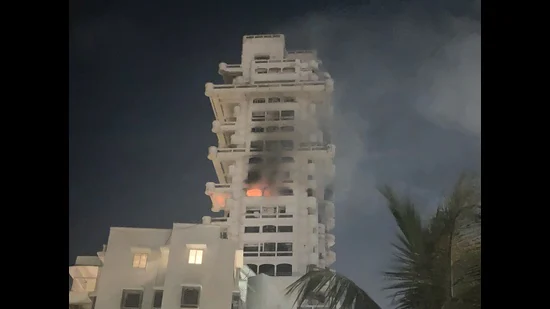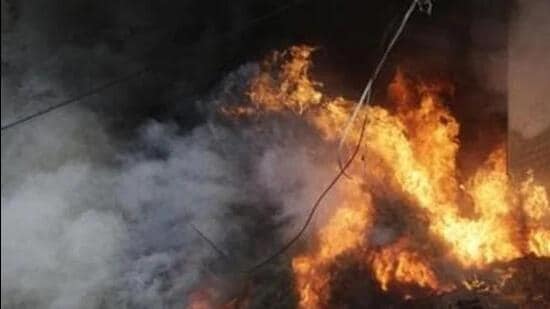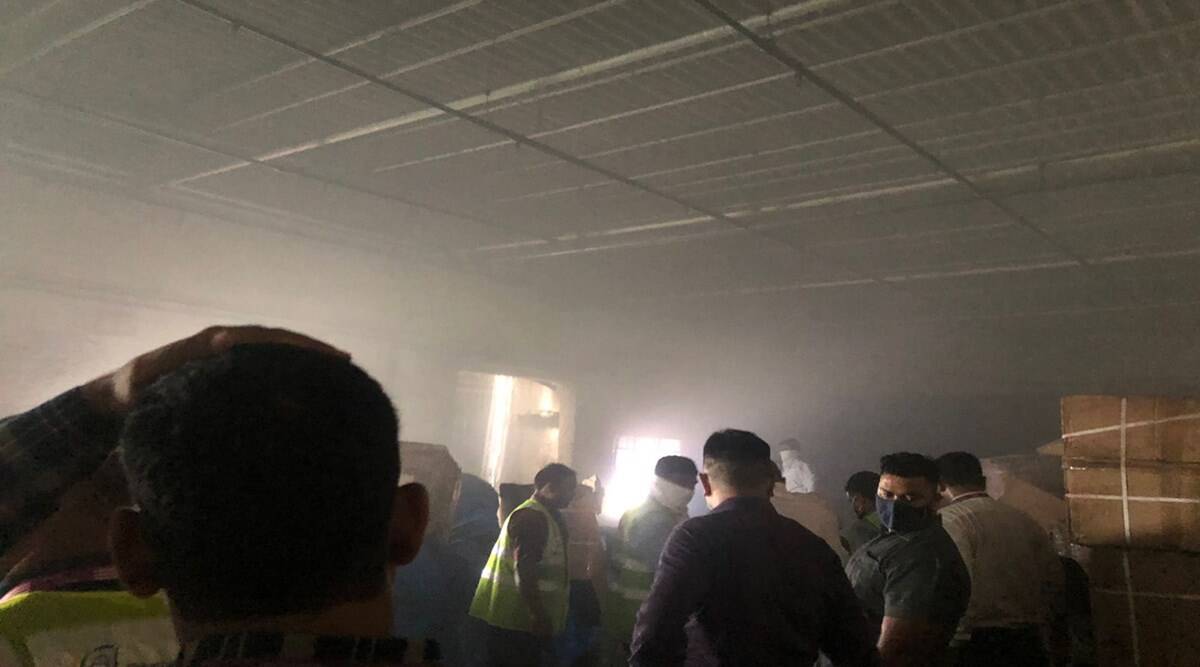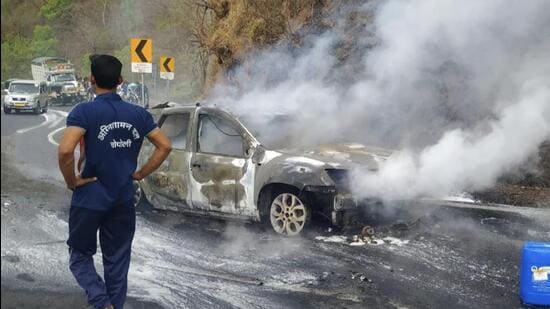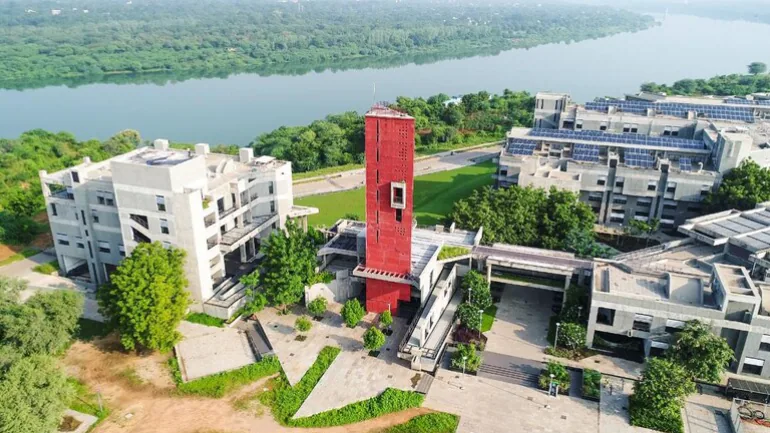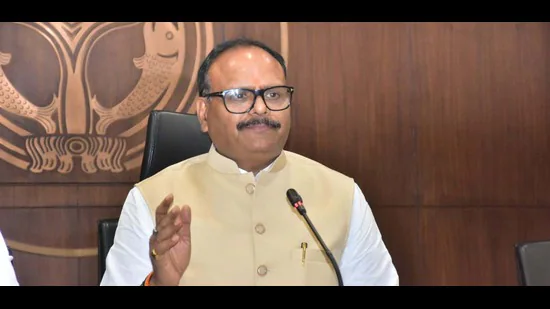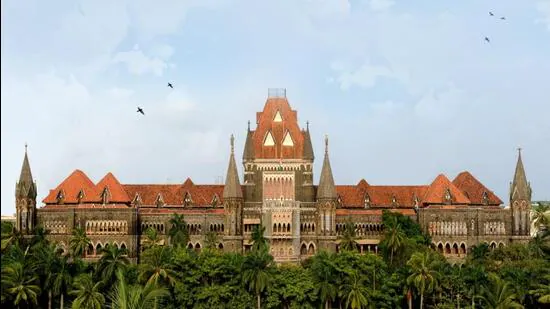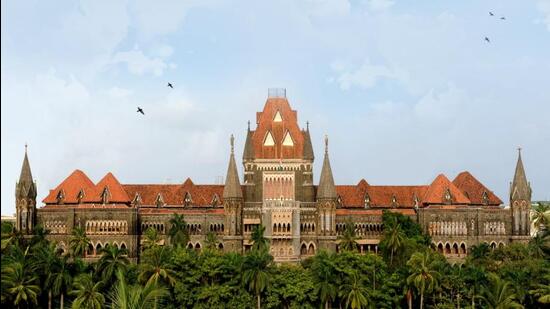Mumbai: In yet another incident of a fire in a high-rise building in Mumbai, a level 2 blaze erupted on the 14th floor of the ground plus the 21-storey Jivesh building on Bandstand Road in Bandra at 7.
Mumbai: In yet another incident of a fire in a high-rise building in Mumbai, a level 2 blaze erupted on the 14th floor of the ground plus the 21-storey Jivesh building on Bandstand Road in Bandra at 7.46 pm. No casualties were reported.
Mumbai Fire Brigade (MFB) rushed 16 fire engines and jumbo tankers to the spot. Fire fighting operations were carried out using a turntable ladder from the external side of the building, fire brigade officials said. The cooling operation was ongoing till late at night.
Hemant Parab, Chief Fire Officer (CFO), said that the firefighting system in the high-rise was defunct. “The firefighting system was not working and all residents have been evacuated safely. We are carrying out a detailed investigation and depending on its outcome we will send them a notice,” Parab said.
During cooling operations, 31-year-old firefighter Kaushal Rajput received minor injuries.
A senior fire official who was present at the spot said that some repair work was being carried out between the 13th and 14th floors where the blaze erupted. “The actual reason is yet to be ascertained. We have shut down the electricity lines as a precautionary measure and all the residents have been evacuated and are currently sheltered in the basement of the building,” a senior fire department official said.
The residents vacated the building right soon after the fire broke out so no one needed to be rescued. In addition to the fire brigade officials, Mumbai police, ambulances and ward staff were also present at the site.

